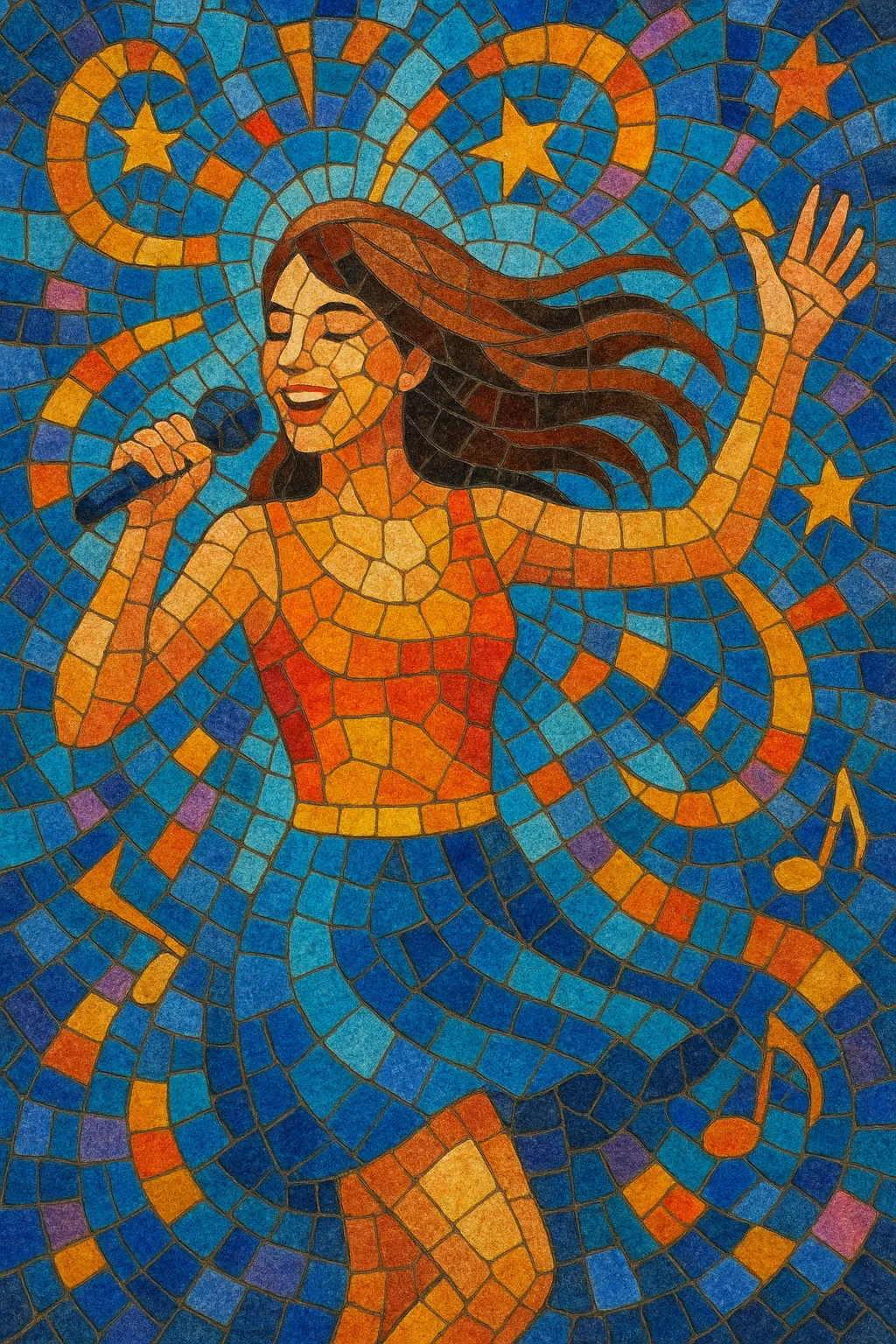Europop is a broad pop music style that developed in continental Europe and emphasizes catchy melodies, strong hooks, and danceable rhythms. It often features bright, polished production, simple and memorable choruses, and a preference for major keys and sing‑along refrains.
While early europop drew on local traditions like schlager and yé‑yé, the genre quickly integrated international influences such as disco, synth‑pop, and new wave. English‑language lyrics are common to facilitate cross‑border appeal, though many hits also mix languages. Europop is closely associated with the Eurovision Song Contest aesthetic—big choruses, theatrical staging, and accessible, universal themes.
Europop took shape in the 1960s as European artists blended local pop idioms with Anglo‑American beat music. French yé‑yé, German schlager, Italian canzone traditions, and the spread of rock ’n’ roll provided both the melodic directness and performance formats that would define europop. Early pan‑European contests and cross‑border touring helped normalize a shared pop language.
The 1970s saw the genre crystalize around sleek production and instantly memorable choruses, with ABBA’s Eurovision victory and subsequent global hits becoming the template. The late 1970s and 1980s layered in disco’s four‑on‑the‑floor pulse and the synth textures of new wave and synth‑pop, yielding polished, radio‑ready records that translated across languages and markets. Acts from Sweden, Germany, and Italy established the region as a hit‑making powerhouse.
In the 1990s, europop intersected with club culture, feeding into and from eurodance and euro‑house while retaining pop songcraft. This period produced ubiquitous, hook‑driven singles with bright keys, key‑change finales, and chantable refrains. Labels and production teams increasingly wrote in English for continental acts, solidifying europop as a transnational commercial style.
Streaming and social media broadened europop’s reach, while Scandinavian writer‑producer camps supplied melodic frameworks for international stars. Eurovision continued to spotlight the genre’s theatrical, accessible sensibility. Contemporary europop often fuses with electropop, dance‑pop, and tropical or slap‑house elements, but the core remains: concise structures, high‑impact hooks, and universal lyrical themes.
Aim for a bright, upbeat feel with a danceable groove. Common tempi are 120–130 BPM for club‑leaning tracks and 95–110 BPM for mid‑tempo radio pop. Use a steady four‑on‑the‑floor kick, layered claps, tambourine or shaker, and occasional handclaps for lift.
Favor diatonic, major‑key progressions (e.g., I–V–vi–IV or vi–IV–I–V). Build clear sections: short intro → verse → pre‑chorus (energy lift) → chorus (the hook) → post‑chorus tag → second cycle → bridge → final chorus. Classic europop often uses a last‑chorus modulation up a semitone or whole tone to heighten impact.
Write strong, symmetrical melodies with limited leaps and memorable motifs. Craft a chorus that can be chanted by crowds; keep phrases rhythmically simple and repetitive without feeling monotonous. Consider a secondary hook (post‑chorus “whoa/na‑na” or synth riff) for extra recall.
Use universal themes—love, celebration, togetherness, empowerment. Keep language simple and direct; English is common for cross‑border appeal, but mixing languages can add character. Rhyme schemes should be clear and predictable to aid sing‑along.
Combine modern pop sound design with classic europop signifiers: bright synth leads (supersaws, plucks), piano stabs, string pads, disco‑influenced bass lines, and tight rhythm guitar or synth arps. Employ clean, glossy production, sidechain compression for pump, and layered gang vocals or stacked harmonies in the chorus.


